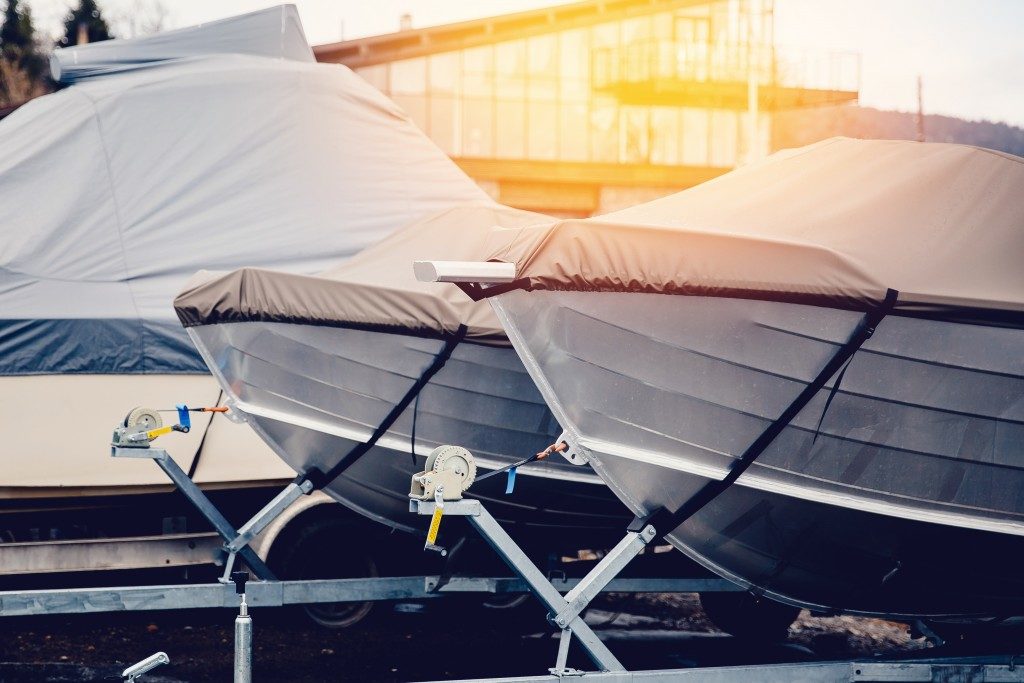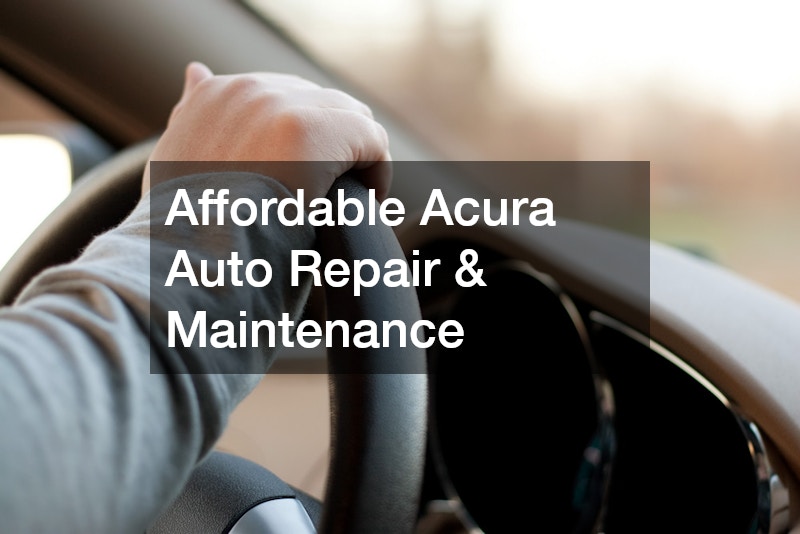A boat dock is not only a place where people “park” their boats, but it’s a busy place where boat owners, their families, and other people constantly walk (and sometimes even run) on. So, whether you’re a private boat dock owner, a Yacht Club manager, or someone who supervises boating marinas in Grand Lake, OK, there is an inherent need to keep your dock safe for the benefit of the people and the boats that frequent it. That said, we’ll be taking a look at easy-to-remember and straightforward tips to help you have a safe and working dock:
Wash, Sand, Seal
A clean dock is a safe dock. To eliminate any slipping and tripping hazards (such as debris, dirt, and moss), pressure wash your dock regularly. However, you need to be careful with pressure-washing wooden docks, as doing so too often or for too long can make the wood softer and splinters would be prominent, which is why it’s best to sand wooden boards on the dock after pressure-washing to avoid having anyone getting injured when walking barefoot or sitting on the dock. It’s also important to seal or paint the dock every 4-5 years to protect the wood.
As for steel/metal components of the dock, make sure to watch out for rust spots as they can affect the dock aesthetically and safety-wise (in terms of structural integrity and avoiding sharp rusted edges). Have these spots sanded, primed, and painted on as soon as they’re detected. If you’re unsure of how to do so, it may be better to have a professional to care of it for you.
Make a Monthly Photo Album
This may sound absurd at first, but it helps you keep track of your dock’s condition. By taking photos of certain angles consistently each month, you’ll be able to notice any differences in your dock and may even detect sections that may need to be repaired or remodeled. Plus, it would also come in handy when you’re about to claim any damages to your insurance company.
Cushioned Corners (and Sides)
To protect the boat (and the dock) from any unexpected impact (either due to the wind or some other factor), it’s best to have rubber mats/bumpers or even old tires placed securely on the sides and corners of the dock. It’s a simple and affordable solution, but quite effective in keeping your dock and boat(s) safe.

Repairs: No Delays, No Half-Measures
Any cracks, broken boards, loose railings, missing nails, and other issues should not only be repaired promptly and completely. Avoid making “band-aid” solutions or quick fixes, as there’s a chance that they’ll just worsen later on and would cost you more to repair. If you do need to cover up the damage with a temporary repair, make sure to follow-through with a full repair as soon as possible. Eventually, you may need to renovate or upgrade your dock fully, and it’s best to have a professional dock builder or contractor to do so — look for well-reviewed and trusted builders/contractors in Grand Lake, OK that specialize in building and repairing/maintaining boating marinas and docks.
Electrical Maintenance
Lights, boat lifts, and other electronics in your dock should constantly be inspected and maintained. Not only do faulty wires affect functionality, but the safety of your boat and those who are on the dock. If possible, inspect any wirings as well as stray ropes and riggings to avoid any electrocution and short circuit incidents.
Conclusion
Boat docks are constantly exposed to the elements, impacts from boats, and foot traffic, which is why it’s important to inspect regularly, clean, maintain, and repair them to keep it functional and safe, and these tips will help you do so.






